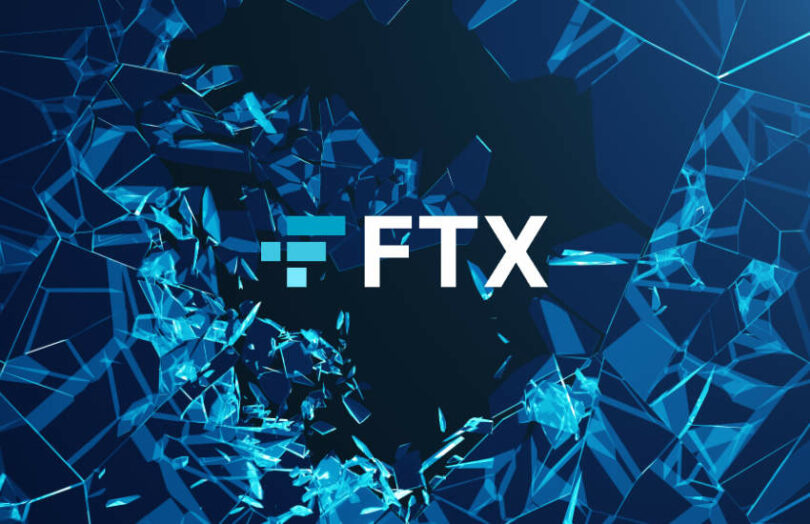In a court filing today, John J Ray III, the new FTX CEO, seemed flabbergasted at the way the bankrupt FTX Group was run by former CEO Sam Bankman-Fried (SBF).
He has 40 years of experience in restructuring, including with Enron. “Never in my career have I seen such a complete failure of corporate controls and such a complete absence of trustworthy financial information as occurred here.”
“From compromised systems integrity and faulty regulatory oversight abroad, to the concentration of control in the hands of a very small group of inexperienced, unsophisticated and potentially compromised individuals, this situation is unprecedented.”
SBF borrowed between $1 billion and $3.3 billion
Despite the lack of record keeping, there are some records at Alameda of related party loans amounting to $4.1 billion. That includes a $1 billion loan to SBF, a $543 million loan to co-founder Nishad Singh, and $55 million to Ryan Salame (who qualified as an accountant). An additional $2.3 billion was lent to SBF-controlled company Paper Bird inc.
At first glance, some of the balance sheets of parts of the group don’t look that bad. But there’s one rather significant problem. Neither the US nor the International balance sheets show any amounts for the funds owed to clients. One of the early bankruptcy court filings usually lists the 50 largest creditors, but that’s not possible because they don’t have the records.
If you ask any experienced auditor, poor record-keeping is frequently associated with some kind of fraud. However, there were audited accounts for FTX US and FTX Trading as at 31 December 2021.
The lack of records of decisions was because SBF “often communicated by using applications that were set to auto-delete after a short period of time, and encouraged employees to do the same.”
Where’s the money?
So far, only a fraction of FTX Group’s assets has been located. They have found $554 million in cash or equivalents and $740 million in cryptocurrency. This doesn’t include the $372 million of unauthorized transfers after the bankruptcy or the $300 million in FTT tokens minted after the bankruptcy. The small amount of digital assets located is attributed to “the failure of the co-founders and potentially others to identify additional wallets believed to contain Debtor assets.”
However, Ray believes most staff were in the dark. “It is my view, based on the information obtained to date, that many of the employees of the FTX Group, including some of its senior executives, were not aware of the shortfalls or potential commingling of digital assets.”
Some of the issues highlighted in the filing include the following:
- The use of software to conceal the misuse of customer funds
- Alameda was exempted from aspects of FTX.com’s auto-liquidation protocol
- An unsecured group email account was used to access confidential private keys
- The absence of daily reconciliation of positions on the blockchain
- No independent governance between Alameda and FTX Trading, which had third party investors
- The absence of a list of bank accounts and account signatories.
If this level of chaos was not enough, there’s a jurisdiction fight between Delaware and New York, with the main bankruptcy filing is in Delaware. And FTX Digital Markets initiated a Chapter 15 foreign proceeding in New York.
The motion requesting a transfer of those proceedings to Delaware complained about SBF’s “incessant and disruptive tweeting.”






